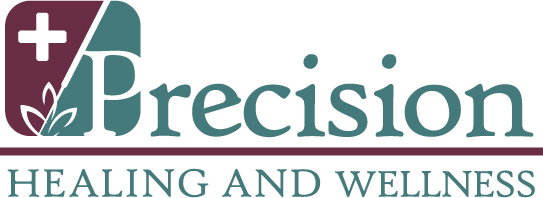Acupuncture, a cornerstone of Traditional Chinese Medicine (TCM), has been practiced for centuries and is revered for its holistic approach to healing. Central to the effectiveness of acupuncture are the various techniques used by skilled practitioners to stimulate the body’s natural healing mechanisms. In this article, we delve into the world of acupuncture techniques, shedding light on the art of needlework that plays a pivotal role in this ancient practice.
The Dance of the Needles: A Multitude of Techniques
Acupuncture involves the insertion of fine, sterile needles into specific points along the body’s meridians. These meridians are channels through which energy, or “qi,” flows. Different techniques for needle insertion and manipulation can enhance the therapeutic effects of acupuncture. Here are some notable acupuncture techniques and their applications:
Traditional Needle Insertion: This technique involves gently inserting needles into acupoints to a depth determined by the practitioner’s expertise and the patient’s condition. It’s the foundation of acupuncture and is used for a wide range of conditions, from pain management to stress relief.
Electroacupuncture: This technique combines traditional needle insertion with the application of electrical stimulation. Electroacupuncture can enhance the effectiveness of treatment, particularly for pain relief and musculoskeletal issues.
Moxibustion: While not a needle technique, moxibustion is often used in conjunction with acupuncture. It involves burning dried mugwort (moxa) near the skin to warm and stimulate acupoints. Moxibustion is especially beneficial for conditions related to cold and dampness.
Auricular Acupuncture: This technique focuses on the ear as a microsystem that reflects the entire body. Tiny needles or seeds are applied to specific points on the ear to address a variety of health concerns, including addiction, pain, and stress.
Cupping Therapy: While not involving needles, cupping is often performed alongside acupuncture. Cups are placed on the skin to create suction, promoting blood flow and relaxation. Cupping is used for pain relief, respiratory issues, and detoxification.
Choosing the Right Technique: A Tailored Approach
One of the remarkable aspects of acupuncture is its personalized approach. Practitioners carefully select techniques based on the patient’s constitution, condition, and treatment goals. For instance:
Chronic Pain: Traditional needle insertion combined with moxibustion might be employed to alleviate pain caused by conditions like arthritis. The heat from moxibustion increases circulation and eases muscle tension.
Stress and Anxiety: Electroacupuncture may be chosen to stimulate the body’s production of endorphins, promoting relaxation and a sense of well-being.
Digestive Issues: Auricular acupuncture, targeting specific points on the ear related to digestion, can aid in alleviating gastrointestinal discomfort.
Fertility Support: Acupuncture techniques can be tailored to balance hormonal function and enhance blood flow to the reproductive organs, aiding couples on their fertility journey.
The Healing Artistry: What Makes Technique Important
Beyond the physiological effects, the choice of acupuncture technique is influenced by the practitioner’s expertise and the intricate nature of the body’s energy system. Skillful needlework requires a deep understanding of meridian pathways, acupoint locations, and the body’s response to different stimuli.
The depth of insertion, angle of insertion, and even the manipulation of the needle (such as gentle twisting or tapping) contribute to the therapeutic outcome. Practitioners combine technical proficiency with a keen sensitivity to the patient’s energy, ensuring a harmonious balance between technique and intuition.
Safety and Expertise: Trusting Your Practitioner
It’s paramount to seek acupuncture treatment from a licensed and trained practitioner. A qualified acupuncturist not only possesses the technical knowledge to select and apply techniques effectively but also follows strict sterilization and safety protocols. Your practitioner should take time to understand your health history, discuss treatment options, and address any concerns you may have.
Techniques to Holistic Healing
Acupuncture techniques are the threads that weave the tapestry of healing in this ancient practice. The art of needlework, combined with a profound understanding of the body’s energy dynamics, allows practitioners to create personalized treatments that address a wide spectrum of physical, emotional, and spiritual imbalances. Whether it’s the gentle insertion of traditional needles or the targeted stimulation of electroacupuncture, each technique holds the promise of holistic healing, bringing the body and mind into a harmonious state of well-being.
Book Your Appointment
Take the first step on your health and wellness journey by booking your acupuncture appointment today. New customer? During your first visit, you’ll receive a comprehensive consultation, full first treatment, and insurance verification all in one visit.







